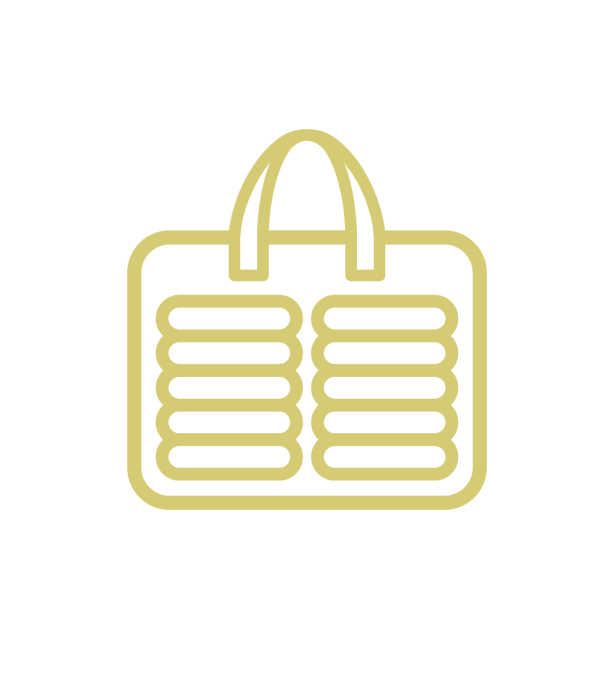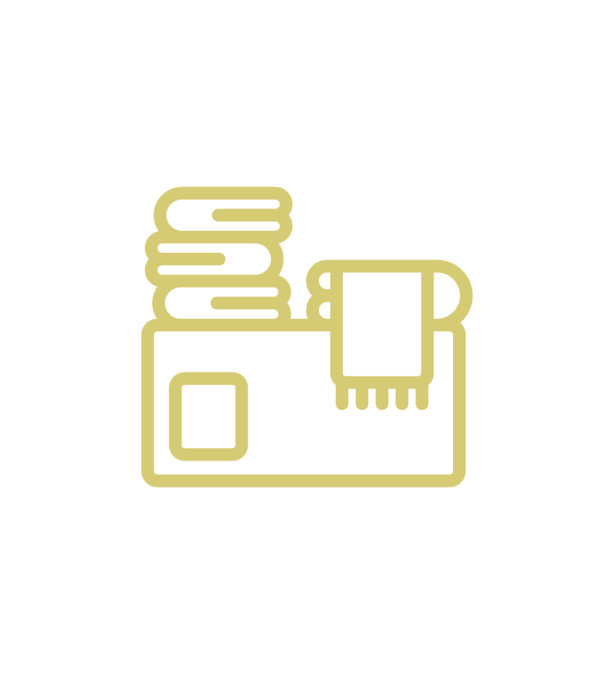
When you are feeling overwhelmed, your brain may unconsciously crave drugs as a way to help you feel better. But you may have the thought that you need the drug or alcohol to help get you through the tough situation. Unconscious cravings may turn into the conscious thought that it is the only way you can cope with your current situation. Marlatt differentiates between slipping into abstinence for the first time and totally abandoning the goal. In other words, abstinence violation effects make a single lapse much more likely to turn into a full return to a full relapse into negative behavioral or mental health symptoms. In the context of addiction, a breach of sobriety with a single drink or use of a drug has a high likelihood of a full relapse.

Theoretical and Practical Support for the RP Model
Self-monitoring, behavior assessment, analyses of relapse fantasies, and descriptions of past relapses can help identify a person’s high-risk situations. Specific intervention strategies (e.g., skills training, relapse rehearsal, education, and cognitive restructuring) and general strategies (e.g., relaxation training, stress management, efficacy-enhancing imagery, contracts to limit the extent of alcohol use, and reminder cards) can help reduce the impact of relapse determinants. Shaded boxes indicate steps in the relapse process and intervention measures that are specific to each client and his or her ability to cope with alcohol-related situations.

What Is The Abstinence Violation Effect (AVE)?
In conclusion, the abstinence violation effect is a psychological effect that impacts those in recovery, as well as those who are focused on making more positive behavioral choices in their lives. By reframing lapses as learning opportunities and teachable moments, cultivating self-compassion, and seeking support, individuals can navigate these challenges more effectively, increasing their chances of leading a healthier lifestyle. Unfortunately, a single lapse can cause you to fall into a full relapse because of something called the abstinence violation effect (AVE). It is not necessarily a failure of self-control nor a permanent failure to abstain from using a substance of abuse. Those in addiction treatment or contemplating treatment can benefit from this aspect of relapse prevention. There are many relapse prevention models used in substance abuse treatment to counter AVE and give those in recovery important tools and coping skills.
‘This Time Will Be Different’
In particular, considerable research has demonstrated that alcohol’s perceived positive effects on social behavior are often mediated by placebo effects, resulting from both expectations (i.e., “set”) and the environment (i.e., “setting”) in which drinking takes place (Marlatt and Rohsenow 1981). Subsequently, the therapist can address each expectancy, using cognitive restructuring (which is discussed later in this section) and education about research findings. The therapist also can use examples from the client’s own experience to dispel myths and encourage the client to consider both the immediate and the delayed consequences of drinking.
- As a result, the AVE can trigger a cycle of further relapse and continued substance use, since people may turn to substances as a way to cope with the emotional distress.
- Feelings of guilt, shame, and self-blame may lead people to question their ability to overcome addiction and exacerbate underlying issues of low self-esteem.
- Lapse management includes contracting with the client to limit the extent of use, to contact the therapist as soon as possible after the lapse, and to evaluate the situation for clues to the factors that triggered the lapse.

The first step in this process is to teach clients the RP model and to give them a “big picture” view of the relapse process. For example, the therapist can use the metaphor of behavior change as a journey that includes both easy and difficult stretches of highway and for which various “road signs” (e.g., “warning signals”) are available to provide guidance. According to this metaphor, learning to anticipate and plan for high-risk situations during recovery from alcoholism is equivalent to having a good road map, a well-equipped tool box, a full tank of gas, and a spare tire in good condition for the journey. Specific intervention strategies include helping the person identify and cope with high-risk situations, eliminating myths regarding a drug’s effects, managing lapses, and addressing misperceptions about the relapse process. Other more general strategies include helping the person develop positive addictions and employing stimulus-control and urge-management techniques. The current review highlights multiple important directions for future research related to nonabstinence SUD treatment.
Her long-term research interests include the development of a comprehensive understanding of how problematic alcohol use and interpersonal relationship processes interact to influence various physical, emotional, and relational outcomes for individuals and their relationship partners. One day, when he was faced with a stressful situation, he felt overwhelmed, gave in to the urge, and had a drink. I have lost all that time,” which can trigger a self-destructive mindset and potentially lead to further relapse. In the multifaceted journey of overcoming addiction and living a healthier life, individuals often encounter a psychological phenomenon known as the abstinence violation effect (AVE). It sheds light on the challenges individuals face when attempting to maintain abstinence and how a single lapse can trigger a surge of negative emotions, potentially leading to a full relapse or a return to unhealthy living (Collins & Witkiewitz, 2013; Larimer, Palmer, & Marlatt, 1999).
Related terms:

Triggers include cravings, problematic thought patterns, and external cues or situations, all of which can contribute to increased self-efficacy (a sense of personal confidence, identity, and control) when properly managed. It’s important to establish that a one-time lapse in a person’s recovery from drugs or alcohol is not considered a full blown relapse. The abstinence violation effect (AVE) describes the tendency of people recovering from addiction to spiral out of control when they experience even a minor relapse. Instead of continuing with recovery, AVE refers to relapsing heavily after a single violation. I’ve heard of AA meetings where a member with over 10 years of sobriety ends up drinking (let’s say as an attempt to cope with the loss of a loved one or other tragic event).
Katie Witkiewitz
A mindset shift caused by triggers or stress may lead you to take that drink or start using drugs again. A relapse can be caused by a cascading effect that includes several issues that occur before you begin using again, according to Marlatt. When someone abuses a substance for a long time, they will have a higher tolerance for its effects. It is for this reason that someone’s tolerance declines following a period of abstinence and that they may overdose if they start using again at the same level as before. Ark Behavioral Health offers 100% confidential substance abuse assessment and treatment placement tailored to your individual needs. Altogether, these thoughts and attributions are frequently driven by strong feelings of personal failure, defeat, and shame.
2. Established treatment models compatible with nonabstinence goals
Although non-dieters ate less after consuming the milkshakes, presumably because they were full, dieters paradoxically ate more after having the milkshake (Figure 1a). This disinhibition of dietary restraint has been replicated numerous times 20,28 and demonstrates that dieters often eat a great deal after they perceive their diets to be broken. It is currently not clear, however, how a small indulgence, which itself might not be problematic, escalates into a full-blown binge 29. In psychotherapy, an abstinence violation effect refers to the negative cognitive and affective reactions one experiences after returning to substance use after a period of abstinence. As a result of AVE, a person may experience uncontrollable, stable attributions, abstinence violation effect and feelings of shame and guilt after a relapse.
Administrative discharge due to substance use is not a necessary practice even within abstinence-focused treatment (Futterman, Lorente, & Silverman, 2004), and is likely linked to the assumption that continued use indicates lack of readiness for treatment, and that abstinence is the sole marker of treatment success. In the United Kingdom, where there is greater acceptance of nonabstinence goals and availability of nonabstinence treatment (Rosenberg et al., 2020; Rosenberg & Melville, 2005), the rate of administrative discharge is much lower than in the U.S. (1.42% vs. 6% of treatment episodes; Newham, Russell, & Davies, 2010; SAMHSA, 2019b). When abstinence is violated, individuals typically also have an emotional response consisting of guilt, shame, hopelessness, loss of control, and/or a sense of failure; they may use drugs or alcohol in an attempt to cope with the negative feelings that resulted from their abstinence violation.

















Leave a comment